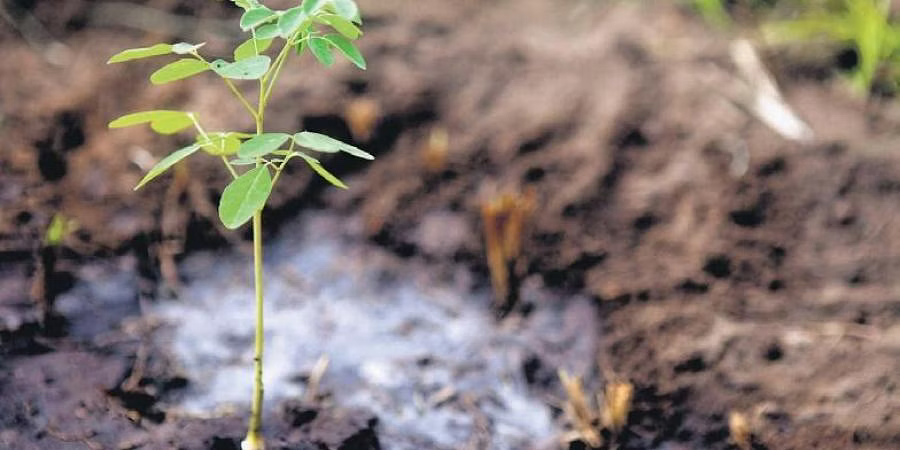
Pratik Kanjilal
It is entirely about pattern recognition and replication, involving no creativity but trying, from experience, to predict human acts like writing a book or drawing a portrait.
This week, the fourth iteration of ChatGPT debuted for paying users. Its predecessor ChatGPT3 grabbed all the headlines, but this one is miles ahead. It can work with text, audio and video prompts and is claimed to be more creative. New users are saying that it can make you superhuman. But is it even human?
The linguists Noam Chomsky and Ian Roberts, and artificial intelligence specialist Jeffrey Watumull, wrote an op-ed in the New York Times last week which put the craze about intelligent chatbots in context. They feel that the dominant form of AI, machine learning, suffers from a poor understanding of knowledge and language. It is entirely about pattern recognition and replication, involving no creativity but trying, from experience, to predict human acts like writing a book or drawing a portrait. It is an industrious amateur scavenging from the vast creative output of the human race.
The long-predicted ‘singularity’—the point where AI surpasses human intelligence and becomes incomprehensible, robbing us of agency—is still in the middle distance. The authors in NYT also observed that while machines ‘learn’ from mountains of human input, babies build huge visual, musical and verbal language frameworks from tiny inputs. Human and machine ‘minds’ are fundamentally different.
The article rained on the AI parade, but that’s only because it’s oversold. Take away the hype, and AI remains a very useful tool for taking the struggle out of commercial creativity. For instance, every day the world over, new companies are founded, and they need new logos. In a minute, AI can create dozens of options of graphics, lettering and colour schemes, which a designer can use as the basis for final artwork. It won’t be high commercial art, like the logos of Amazon and Amul are, but they’ll do just fine for your neighbourhood chemist or toyshop.
AI is already taking the drudgery out of science, as in a project reported on March 6 in Nature Astronomy, which intelligently seeks signs of life on planets. Using rovers, drones and satellites, Mars is being probed for biosignatures—signs of life past and present. But they are shots in the dark because the search radius of the first two is very limited, and the third is rather far up. If a survey could identify areas where life is probable, the search could zero in on them.
The project chose the high-altitude Atacama desert as an analogue of Martian terrain and sought endoliths, microorganisms which live within rocks. Using machine learning and a neural network, the system learned to cut down the search area by 97%, increasing the probability of finding life by 88%. Since planetary missions are prohibitively expensive, this simple intervention using AI could make a crucial difference in the possibility of finding life.
The search for life out there is an old obsession—we all want to know if we are alone. And as an ecological crisis looms, we also want to know if future generations can take a ticket out to other planets. That could be easier if life is found on them and can be recruited to the project of terraforming—making another planet’s ecology earth-like.
But the search for life, even on our own planet, has barely scratched the surface—literally. Most of life may actually be in the ‘deep biosphere’, the vast mass beneath the few centimetres of topsoil that sunlight and oxygen penetrate. Beneath, extending down for kilometres is a world without the primary enablers of life on the surface. It’s a world populated by archaea and chemolithotrophs, which thrive on anaerobic chemistry involving minerals, hydrogen and sulphur.
We imagine that the deeper you go, the colder it gets (think of the chill of the grave). But this ceases to be true only a few metres in the earth’s crust. The mantle, from which volcanoes are born, is hot. It is a source of energy and, therefore, a possible enabler of extremophilic life. Also, the subsurface is a vast reservoir of water, the universal solvent. The water under the surface is estimated to be about 100 times the volume of all surface water bodies like rivers and lakes. Based on the volume of energy, nutrients and water available, it is surmised that one-third of the earth’s biomass is underground.
Life is often lived at glacial speeds down there. While bacteria at the surface usually divide several times every hour, microorganisms deep in the earth may divide so infrequently that if they did so this week, the last time around, Mahmud of Ghazni was besieging Gwalior.
The lack of an active lifestyle can be attributed to the poor resource inputs available and the impossibility of photosynthesis in the absence of light. But studying these life forms is so new that it is unknown what they could do in a more hospitable world. Specifically, what they could do, with a little genetic nudging, to make worlds more hospitable.
Their study, both on earth and elsewhere, could be an applied science because, potentially, they can be used for terraforming other planets. Without the help of local life, improving even a somewhat earth-like planet like Mars would cost several times the value of global GDP. Even if the human race could escape the earth without help from exotic bugs, which AI may help us discover, the cost of living out there would be prohibitive.
(The writer is The India CableEditor)
(Courtesy: The New Indain Express)





